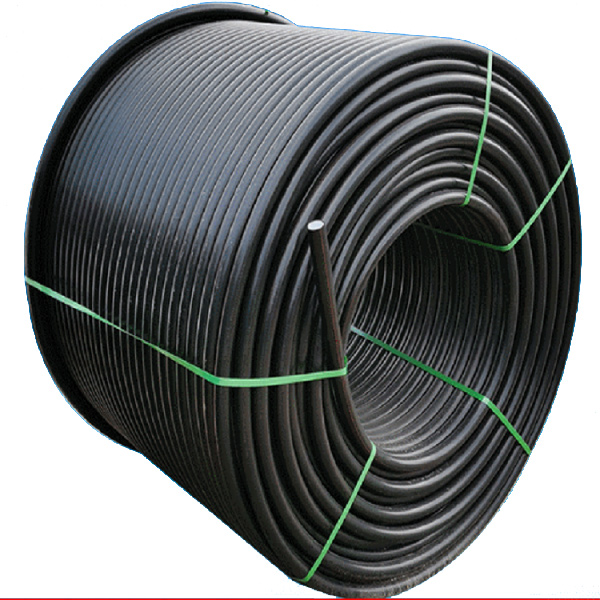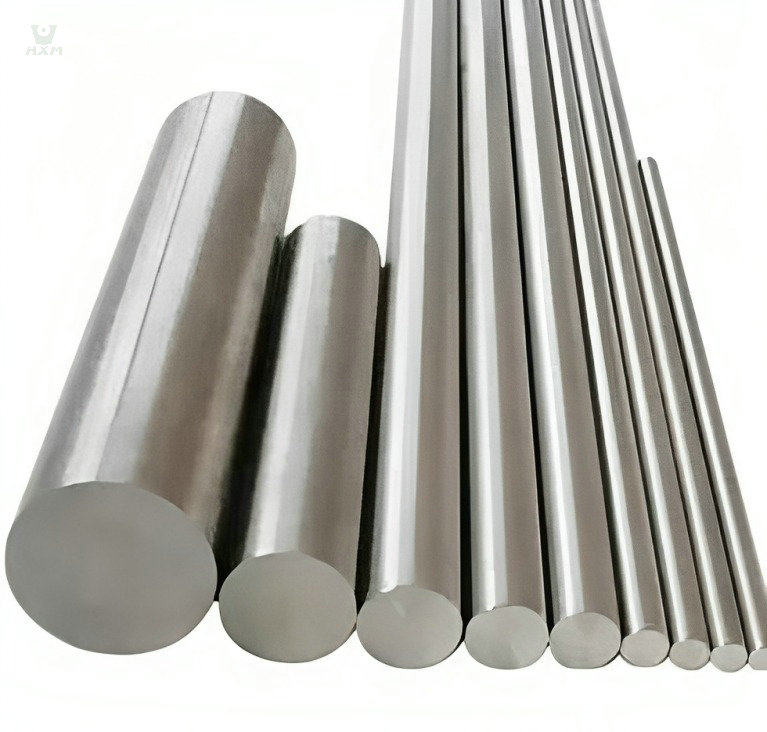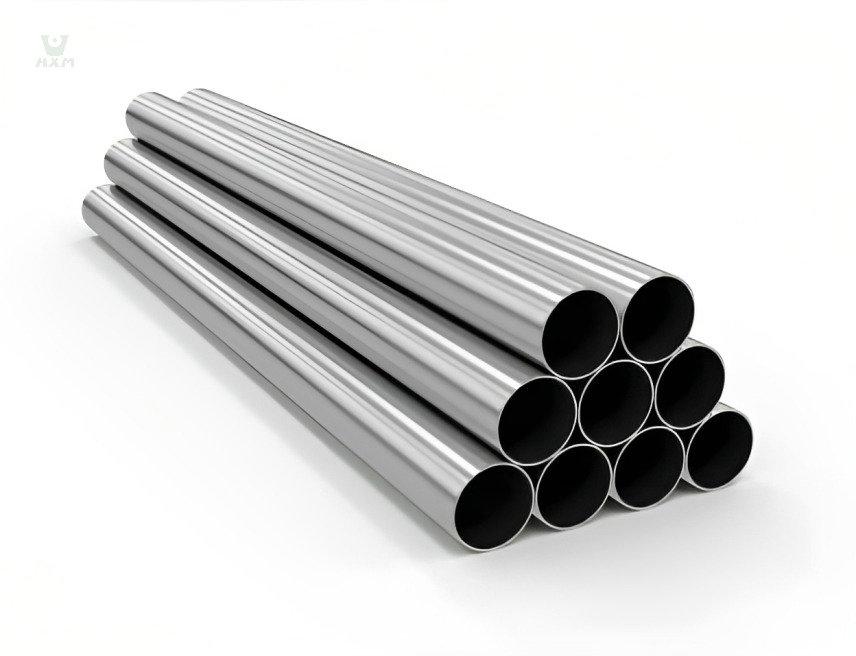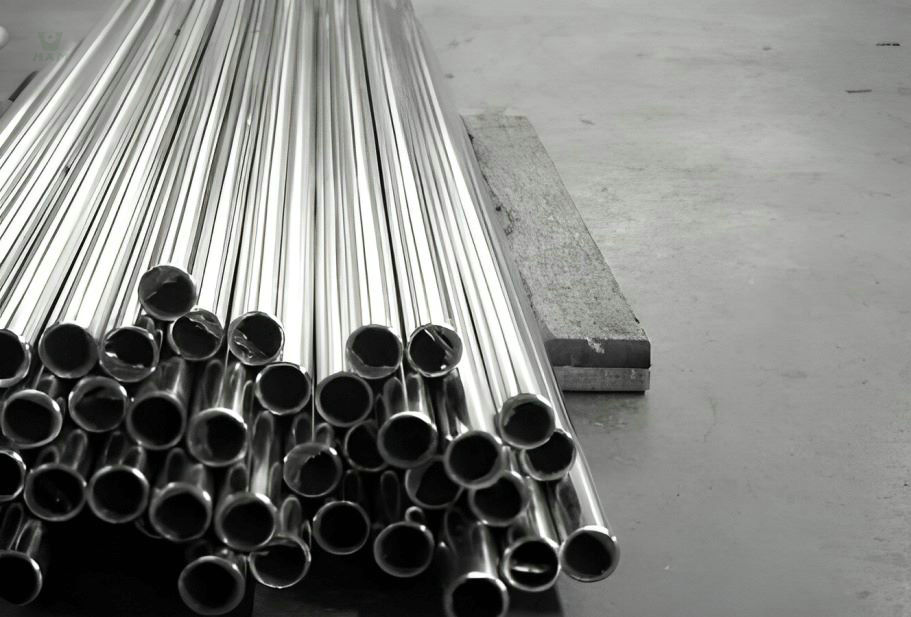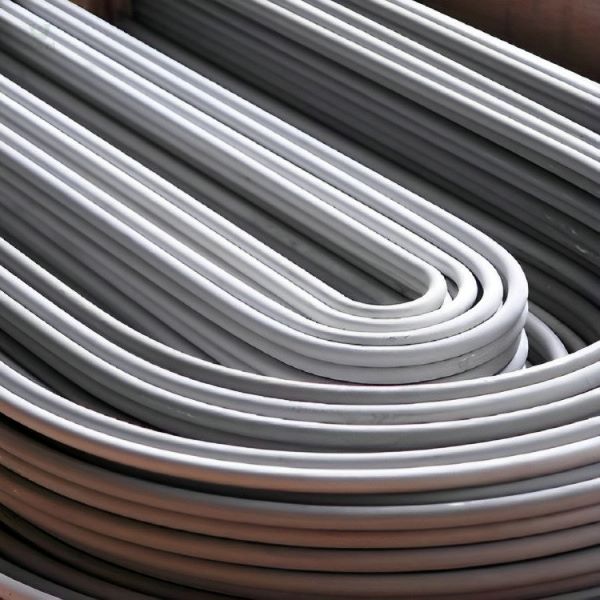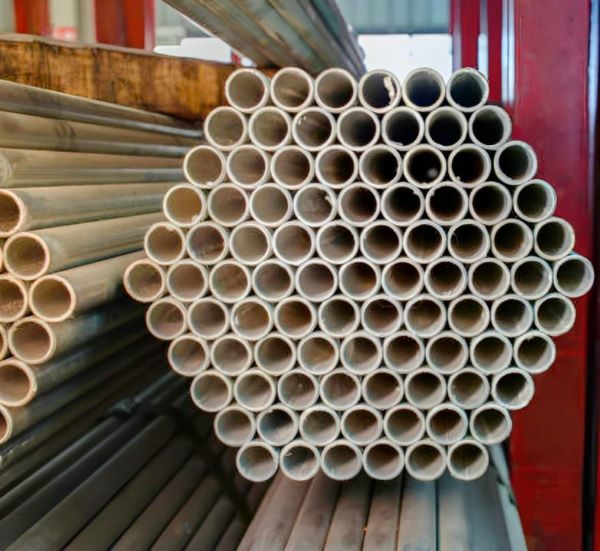What is the Difference Between 430 VS 304 Stainless Steel?
—Huaxiao Stainless Steel
Global Supplier of Stainless Steel Products
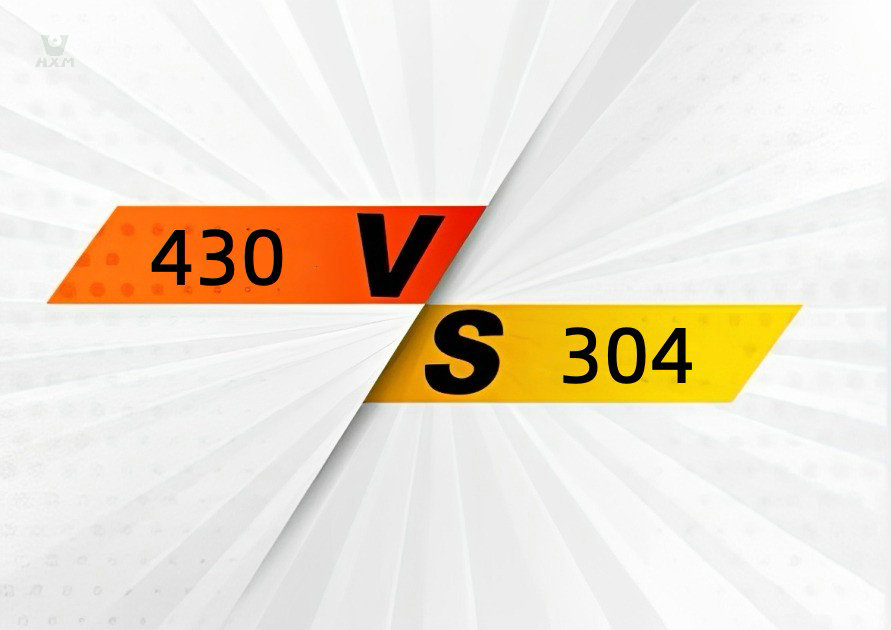
In our daily lives, stainless steel products are ubiquitous, from kitchen utensils to exterior wall decorations in buildings, and even in the manufacturing of automobiles and medical equipment. These products rely on this robust and corrosion-resistant material. However, stainless steel is not a singular type; among them, 430 VS 304 stainless steel are two common types. They each have unique characteristics and applications, and the choice between them often depends on specific usage requirements and conditions. So, what are the differences between 430 and 304 stainless steel? What are their respective advantages and disadvantages? Let’s delve into this topic further.
430 VS 304 in Chemical Composition
The key to understanding the differences between 430 VS 304 stainless steel lies in their chemical composition and density. These factors play a significant role in shaping their unique characteristics and applications.
| Element | 304 Stainless Steel | 430 Stainless Steel |
|---|---|---|
| Carbon (C) | ≤0.12% | ≤0.12% |
| Silicon (Si) | ≤0.75% | ≤1.00% |
| Manganese (Mn) | ≤1.00% | ≤1.00% |
| Phosphorus (P) | ≤0.040% | ≤0.040% |
| Sulfur (S) | ≤0.030% | ≤0.030% |
| Nickel (Ni) | 8% – 10% | ≤0.60% |
| Chromium (Cr) | 18% – 20% | 17% – 19% |
The main differences in chemical composition between 430 VS 304 stainless steels are reflected in the content of nickel (Ni) and chromium (Cr):
Nickel (Ni) content:
- 304 stainless steel contains 8% to 10% nickel, which is one of the key components for its excellent corrosion resistance, particularly in terms of oxidation resistance.
- In contrast, the nickel content in 430 stainless steel is very low, typically not exceeding 0.60%, making it potentially less corrosion resistant than 304 stainless steel in certain applications requiring high corrosion resistance.
Chromium (Cr) content:
- 304 stainless steel contains 18% to 20% chromium, another important factor contributing to its corrosion resistance, especially in terms of rust resistance.
- The chromium content in 430 stainless steel ranges from 17% to 19%, which, although not significantly different from 304, results in varying levels of corrosion resistance due to the difference in nickel content.
In addition to nickel and chromium, other elements such as carbon, silicon, manganese, phosphorus, and sulfur also have slight differences in content between the two stainless steels, but their impact on the performance of stainless steel is relatively minor.
430 VS 304 in physical Properties
| Physical Properties | 430 Stainless Steel | 304 Stainless Steel |
|---|---|---|
| Density (g/cm³) | 7.70 | 7.93 |
| Melting Point (°C) | 1425-1510 | 1400-1450 |
| Thermal Expansion Coefficient (10^-6/°C) | 10.3-10.4 | Approximately 16.0 |
| Linear Expansion Coefficient (10^-6/°C) | 10.4 | – |
| Thermal Conductivity (W/(m·K)) | 23.9 | Approximately 16.2 |
| Electrical Resistivity (μΩ·m) | – | Approximately 0.73 |
| Hardness (HBW) | 183-217 | – |
From the table, it can be observed that 430 stainless steel has slightly lower density and thermal conductivity compared to 304 stainless steel, while its thermal expansion coefficient and linear expansion coefficient are relatively higher. These differences in physical properties result in each type of stainless steel having its advantages in different applications. For instance, due to its higher thermal expansion coefficient, 430 stainless steel might be more suitable for applications requiring larger thermal expansion. On the other hand, 304 stainless steel, with its higher thermal conductivity, may be superior in situations requiring excellent heat conduction performance.
430 VS 304 in mechanical Properties
| Mechanical Properties | 430 Stainless Steel | 304 Stainless Steel |
|---|---|---|
| Tensile Strength (MPa) | 450-600 | 515-1035 |
| Yield Strength (MPa) | 220-275 | 205-520 |
| Elongation (%) | 20-25 | Above 35 |
| Hardness (HBW) | 183-217 | 131-185 (Annealed) |
| Toughness | General | Excellent |
| Machinability | Poor, especially in deep drawing or bending | Good, easy for cutting, bending, and forming |
| Weldability | Weld zone has good mechanical properties | Excellent weldability |
Please note that these mechanical property values may vary depending on the specific condition of the material, manufacturing processes, and testing conditions. Therefore, it is advisable to refer to the specific material datasheet provided by the supplier or conduct actual tests to accurately understand the mechanical properties of the selected stainless steel.
From the table, it can be seen that 304 stainless steel generally surpasses 430 stainless steel in terms of tensile strength, yield strength, and toughness, making it more suitable for applications requiring high loads or toughness. Additionally, 304 stainless steel exhibits better machinability and weldability, making it easier for cutting, bending, forming, and welding operations. In contrast, the mechanical properties of 430 stainless steel are relatively lower, with greater difficulty in processing, especially in deep drawing or bending operations. However, due to its magnetic properties and good heat resistance, 430 stainless steel still has advantages in specific applications such as automotive trim and furnace components.
430 VS 304 in Pressing / Drawing
The presence of nickel in 304 stainless steel not only enhances its corrosion resistance but also simplifies the pressing and drawing processes. Conversely, the lack of nickel in 430 stainless steel makes it prone to cracking or failing during pressing operations.
Is 430 vs 304 grade stainless steel rust proof?
304 Stainless Steel: This is an austenitic stainless steel, which contains higher levels of nickel (8-10.5%) and chromium (18-20%). These elements provide excellent corrosion resistance and make 304 stainless steel one of the most common grades used in environments exposed to moisture and humidity. While 304 is not rust-proof, it offers significant protection against rust, especially in non-aggressive environments.
430 Stainless Steel: This is a ferritic stainless steel with lower chromium content (16-18%) and little or no nickel. It is less corrosion-resistant than 304, making it more likely to rust, especially in environments with moisture, salt, or chemicals. However, 430 is still considered corrosion-resistant and is often used in indoor applications where exposure to corrosive elements is limited.
Is 430 vs 304 grade stainless steel magnetic?
430 Stainless Steel: This is a ferritic stainless steel, and it is magnetic due to its atomic structure. The lack of significant nickel content allows it to retain its magnetic properties. Therefore, if you hold a magnet to 430 stainless steel, it will stick.
304 Stainless Steel: This is an austenitic stainless steel, and it is generally non-magnetic in its annealed state. The higher levels of nickel in 304 disrupt the crystal structure that normally allows magnetism. However, cold working (such as bending, forming, or rolling) can introduce some magnetic properties in 304, though it will not be as strongly magnetic as 430.
Which type of stainless steel is best for you?
Choosing between 430 and 304 stainless steel depends on your specific needs and environment. Here’s a comparison to help you decide:
Stainless Steel 304:
- Corrosion Resistance: 304 stainless steel offers excellent corrosion resistance due to its high chromium (18%) and nickel (8%) content. It performs well in a variety of environments, including outdoor settings and areas exposed to moisture.
- Durability: Known for its toughness and durability, 304 is ideal for applications requiring high strength and longevity.
- Applications: Commonly used in kitchen equipment, food processing, medical devices, and architectural applications.
- Cost: Typically more expensive than 430 due to its higher performance characteristics.
Stainless Steel 430:
- Corrosion Resistance: 430 stainless steel, with 16-18% chromium and no nickel, offers good corrosion resistance, but it’s less than that of 304. It performs well in mild indoor environments but is not suitable for harsh outdoor conditions.
- Magnetic Properties: 430 is magnetic, which can be an advantage in certain applications where magnetism is needed.
- Applications: Often used in kitchen appliances, automotive trim, and interior architectural components.
- Cost: Generally cheaper than 304, making it a cost-effective choice for applications where the high corrosion resistance of 304 is not required.
Conclusion
Through comparative analysis, we can easily observe significant differences between 430 VS 304 stainless steel in terms of chemical composition, physical properties, and mechanical properties. 430 stainless steel possesses advantages in certain specific applications, such as automotive trim and furnace components, due to its higher hardness and good heat resistance. On the other hand, 304 stainless steel is widely used in various fields such as industry, furniture decoration, and the food and medical industries due to its excellent corrosion resistance, good machinability, and weldability. Therefore, when selecting stainless steel materials, decisions should be made based on specific application scenarios, performance requirements, and cost considerations.
As a professional metal material supplier, Huaxiao Metal is committed to providing high-quality 430 and 304 stainless steel products to customers. With abundant production experience and strict quality control system, we ensure that the supplied stainless steel materials meet industry standards and customer requirements. If you have procurement needs, please feel free to contact us anytime. We will sincerely provide you with high-quality products and professional services.


